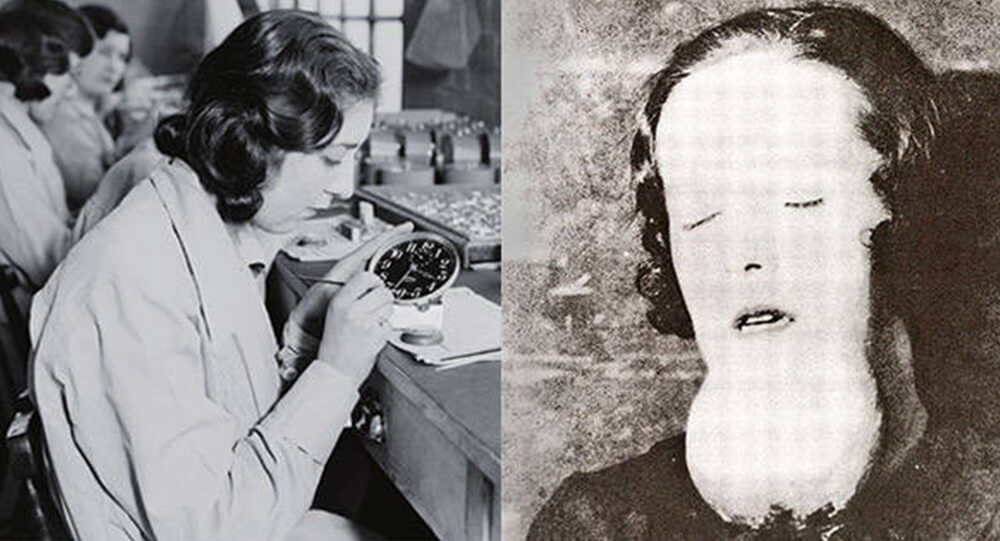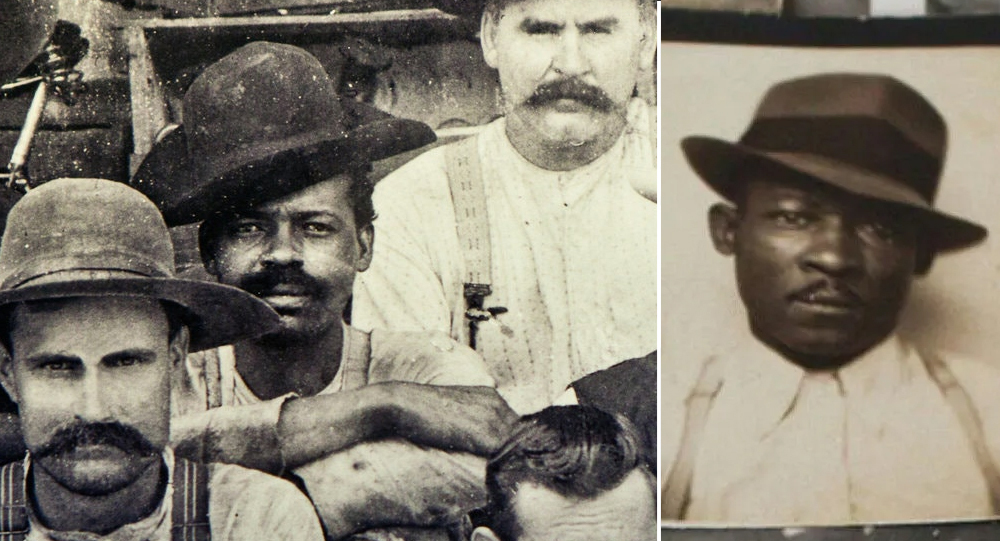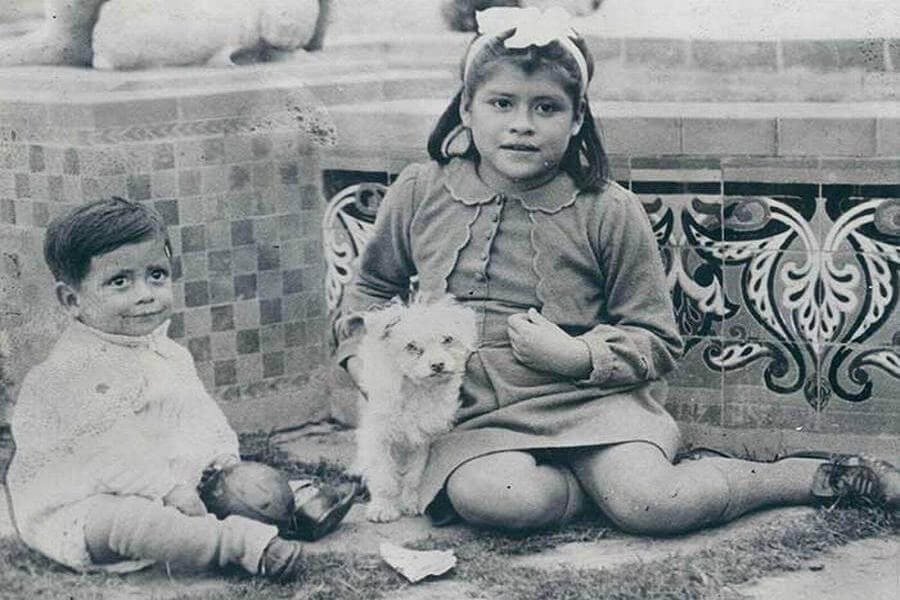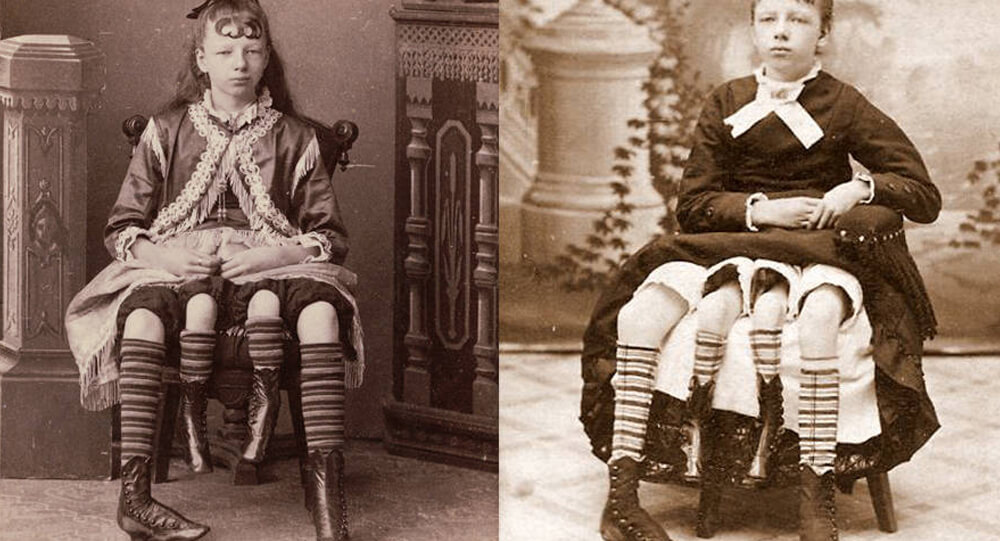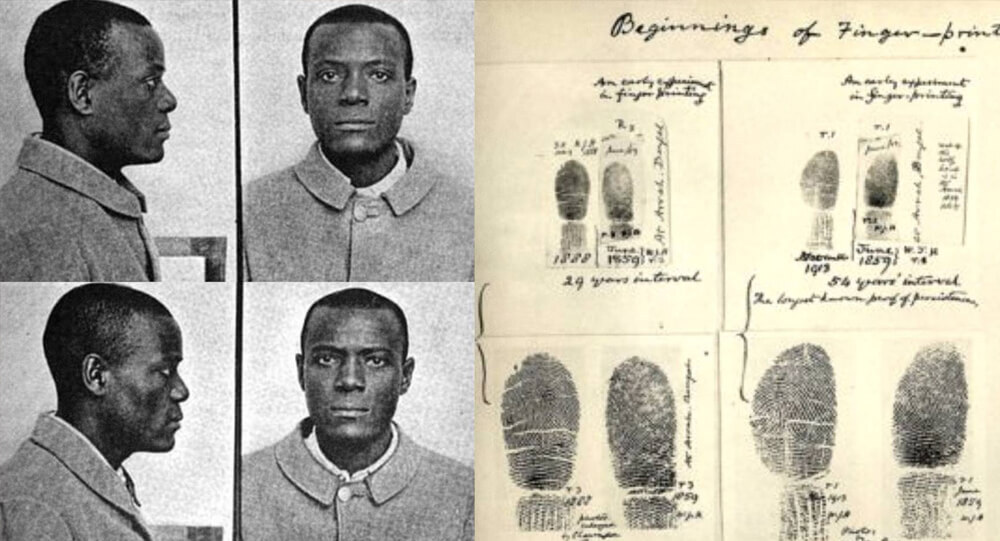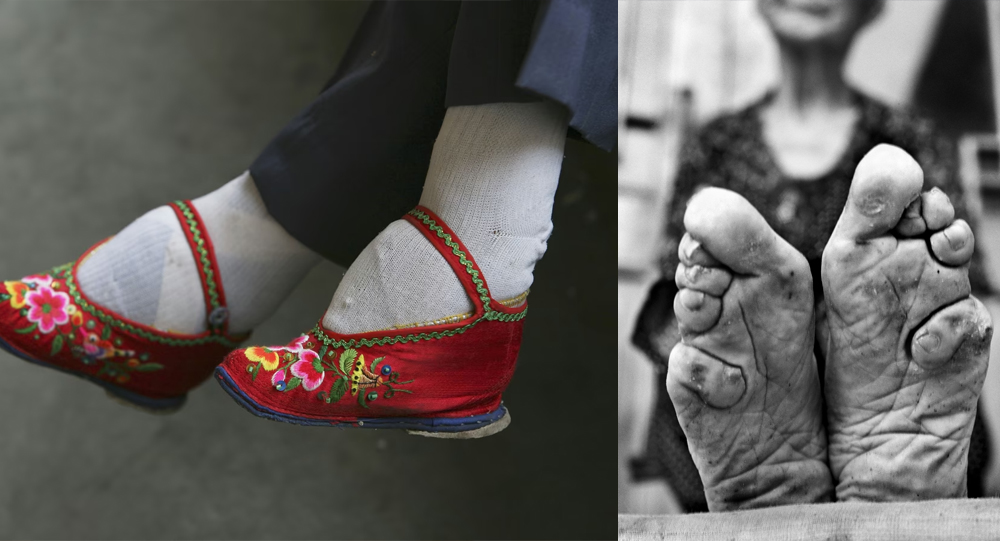

Inside China’s Footbinding Tradition: The Painful Ritual of Lotus Shoes and Bound Feet
In a practice that endured for nearly a millennium, Chinese women’s feet were tightly bound as children to keep them unnaturally small—a procedure now known as footbinding. This painful custom resulted in what became known as “lotus feet,” named after the distinctive tiny size and shape of the altered foot. To fit these feet, delicate and beautifully embroidered “lotus shoes” were crafted, becoming a symbol of feminine beauty and social status in traditional Chinese society. But behind the ornate shoes lies a story of immense physical suffering and intricate cultural meaning.
The Origins and Spread of Footbinding
Footbinding likely began during China’s Tang dynasty (7th–10th century CE) and reached widespread popularity during the Song dynasty (960–1279 CE). According to folklore, the practice was inspired by a court dancer named Yao Niang, who folded her feet into the shape of a crescent moon to dance elegantly—sparking a trend among aristocratic women to emulate the small, delicate feet she displayed.
Originally a signifier of elite status, footbinding gradually spread beyond the upper classes. By the Qing dynasty (1644–1912), nearly 40–50% of Chinese women had bound feet, with almost 100% of upper-class Han women practicing it. The practice served multiple purposes: it was a clear marker of social distinction, a prerequisite for marriage prospects, and a physical embodiment of cultural and ethnic identity. Footbinding was one of the clearest distinctions between the Han Chinese and ethnic minorities, many of whom did not practice the custom.
The Process: How Lotus Feet Were Created
Girls between the ages of four and eight—when bones are still flexible—underwent footbinding. The process began with washing the feet and trimming the toenails. Then, all toes except the big toe were tightly bent under the sole, breaking the bones in the foot to create a pronounced arch. Long strips of cloth, often linen or silk, were wrapped extremely tightly around the feet to hold them in this unnatural position.
After a month, bindings were removed to care for ulcerations and allow healing, then reapplied regularly. This cycle went on for years, forcing feet to remain extremely small—usually between 3 to 4 inches long—known as jinlian, or “golden lotus” feet, which were considered incredibly attractive. The painful, slow process often caused infections, lifelong disabilities, and even deformities severe enough to significantly limit mobility.
Despite the suffering, women continued to bind and rebind their feet throughout adolescence and adulthood. They wore tiny, exquisitely embroidered lotus shoes specially sewn to fit the altered shape. These shoes were not only practical but also status symbols, often elaborately decorated with silk, embroidery, and intricate designs, highlighting the family’s wealth and refinement.
Cultural Significance and Social Pressure
Footbinding was far more than an aesthetic preference. It was embedded deeply in Confucian ideals of female virtue, obedience, and modesty. Small feet were equated with moral purity and femininity, while bound feet served as a physical reminder of a woman’s submission and her role within a patrilineal, patriarchal society.
The practice also created a shared bond between mothers, daughters, and grandmothers, passed down as a rite of passage. In many families, failure to bind feet was seen as risking a daughter’s marital prospects, creating intense social pressure to conform. Women with lotus feet were viewed as desirable wives and seen as “accomplished” for their endurance of pain.
Ironically, some argued that footbinding enhanced fertility and sexual pleasure through supposed better blood circulation to the lower body, though these beliefs lack medical basis.
The Decline and End of Footbinding
By the late 19th century, footbinding came under severe criticism from Christian missionaries, Chinese reformers, and international observers who condemned it as cruel and barbaric. Governments made several failed attempts to ban the custom—such as the Kangxi Emperor’s ban in 1662, which was rescinded due to persistent popularity.
After the Nationalist Revolution in 1911, footbinding was outlawed, but it persisted in rural and remote areas for decades. It wasn’t until the establishment of the People’s Republic of China in 1949 that the practice was effectively eradicated through government campaigns and modernization efforts.
Today, only a handful of elderly women with bound feet remain, and the lotus shoes survive primarily as cultural artifacts and tragic reminders of a painful past.
Trivia: Fascinating Facts About Footbinding and Lotus Shoes
- Footbinding could result in permanent disabilities, sometimes even amputations due to infections.
- Bound feet were often an erotic fascination, symbolizing idealized femininity and grace in literature and art.
- Some ethnic minority groups in China intentionally did not adopt footbinding, using the practice as an ethnic identity marker for the Han Chinese.
- Lotus shoes varied by social class—from simple cotton slippers in rural areas to ornate silk and embroidered shoes in noble families.
- The phrase “golden lotus” (jinlian) refers both to the lotus flower, symbolizing purity, and the coveted tiny feet themselves.
Final Thoughts: Remembering a Complex Tradition
Footbinding and the iconic lotus shoes serve as a window into China’s rich cultural history—a practice reflecting complex intersections of beauty, power, gender roles, and social status. It is a reminder of the physical and emotional costs paid to meet ideals that shaped the lives of millions of women for centuries.
As we look back on this tradition, it encourages reflection on cultural evolution, human resilience, and the importance of challenging harmful customs. The story of lotus feet is both haunting and fascinating—an emblem of beauty and pain forever etched into history.
For those interested in culture and history, the tale of Chinese footbinding remains one of the most striking examples of how customs can both bind and define a society.

D.B. Cooper: Man who hijacked a plane and jumped out with a $200,000
On November 22, 1971, DB Cooper hijacked a Boeing 727, drank a whisky, smoked a fag, and then jumped out of the plane with $200,000. He was never again seen.

The Baltic Way: the longest unbroken human chain in history
On August 23, 1989, about 2 million people from Latvia, Estonia, and Lithuania formed a human chain that united all 3 countries to show the world their desire to escape the Soviet Union and the communism that brought only suffering and poverty. This power stretched 600 km.

During the 1996 Olympic bombing, Richard Jewell falsely accused of committing the crime after saving dozens of people
Richard Jewell, an American security guard, discovered a bomb during the 1996 Olympic Games in Atlanta and assisted in the evacuation, but was later wrongfully accused and faced public scrutiny. He was cleared, but it had a lasting impact on him until his death in 2007 at the age of 44.

Franz Ferdinand’s Assassination that sparked World War I
Archduke Franz Ferdinand of Austria and his wife Sophie are shot to death by a Bosnian Serb nationalist during an official visit to the Bosnian capital of Sarajevo on June 28, 1914. The killings sparked a chain of events that led to the eruption of World War I by early August.

Reason Behind The Suicide Of Christine Chubbuck Live On Air
Actor Rebecca Hall had serious reservations about tackling the macabre story around why Chubbuck killed herself in 1974. So what changed her mind?

Louis Le Prince Invented the motion picture camera, and then he mysteriously disappeared
Louis Le Prince, the inventor of motion pictures, vanished without a trace in 1890. Thomas Edison quickly claimed the title of "first and sole inventor of cinema," even taking Le Prince's son to court to dispute it. A few years later, the son also dies under mysterious circumstances.

Man's Blood Helped Save Millions of Babies
Australian blood donor James Harrison has been one of our most impressive and valued donors, having donated for 60 years. Know his story, how he was a pioneer of our Anti-D program, and why this matters.

William James Sidis: The smartest person yet forgotten by people
William James Sidis, who was only 11 years old when he enrolled in Hardvard, finished his primary and secondary schooling in less than a year. He knew eight foreign languages by the age of eight and even invented his own language, "vedergood."

The true story Of The Radium Girls that change US labor laws
Hundreds of young women worked in clock factories during World War I, painting watch dials with luminous radium paint. The company lied about the risk of radiation, claiming there was no danger, which resulted in the death of the young women.

Atomic Tourism: In the 1950s, nuclear tests in Las Vegas served as a draw for tourists
Between 1950 and 1960, Las Vegas offered “Atomic Tourism” in which guests could watch atomic bombs being tested in the desert as a form of entertainment.

Nearest Green, America's first known Black master distiller
Nathan "Nearest" Green was an African-American head stiller who is now more frequently referred to as a master distiller. He was renowned for imparting his distilling knowledge to Jack Daniel, the creator of Jack Daniel's Tennessee whiskey distiller, after Jack Daniel was freed from slavery following the American Civil War.

Sylvan Goldman: The Visionary Who Revolutionized Shopping with the Cart
The inventor of shopping carts, Sylvan Goldman, had to hire several male and female models to push carts around in his store, demonstrate their utility, and explain their use to other customers, due to not catching on initially.

story of the youngest mother in the world at age of five - Lina Medina
Lina Medina, a five-year-old Peruvian girl, became the youngest mother in history in 1939 when she gave birth to a boy.

The day Iceland's women went on strike
Icelandic women went on strike for equal rights on October 24, 1975. 90% of women walked out of their jobs and homes, effectively shutting down the entire country. The men were struggling to keep up. The following year, Parliament passed a law requiring equal pay. Iceland elected the world's first female President five years later. Iceland now has the highest gender equality rate in the world.

The true story of Josephine Myrtle Corbin, the lady born with four legs and two private parts
Josephine Myrtle Corbin, an American sideshow performer born in 1868, had a rare condition known as dipygus, which caused her to have four legs, each smaller inner leg paired with one of her outer legs. Corbin joined the sideshow circuit, captivating audiences as the "Four-Legged Girl from Texas."

Will & William Wests: The puzzling situation of two inmates who are identical but not related
These are the mugshots of Will West and William West, and they are not related. They were both sent to Leavenworth Prison at the same time, in 1903, and after some confusion, the staff understood they had two different prisoners with the nearly same name, who looked exactly alike. They are part of the reason fingerprints are now used as identification.

Nuclear bomb accidentally dropped on North Carolina in 196
4 January 1961: The 4241st Strategic Wing's Boeing B-52G-95-BW Stratofortress, serial number 58-0187, was on a 24-hour airborne alert mission off the United States' Atlantic Coast.

The worst blizzard in recorded history: the 1972 Iran blizzard
The deadliest snowstorm ever recorded occurred in Iran in 1972. It lasted for a week, burying areas in 26 feet of snow and killing over 4,000 people, including the entire populations of three villages.

Albert Einstein’s brain after it was stolen from his body
Albert Einstein's brain was taken by the opportunistic pathologist who performed his autopsy hours after he died and kept in two jars for 30 years. The stolen brain of Albert Einstein was preserved in a cookie jar for 30 years until being discovered by a journalist.

1972 Andes Plane Crash Survivor recall the terrifying Struggles to Stay Alive
On October 13, 1972, a plane carrying a rugby team from Uruguay crashed in the Andes between Chile and Argentina. The survivors were in brutal conditions - high altitude, bitter cold, and the lack of food—and faced the most terrible choice—eating the frozen flesh of their dead friends or starving to death themselves.

Nicholas Winton ‘British Schindler’: Man who rescued 669 Czech children from Nazis
A man named Nicholas Winton saved 669 kids during WWII and lived almost all his life without letting people know.

Before Radar: How Giant Acoustic Mirrors Detected Enemy Aircraft in WWI and WWII
Long before radar revolutionized air defense, enormous acoustic mirrors and specialized sound locators stood as the first line of defense against enemy aircraft. Designed as giant “ears,” these structures amplified distant engine noises, allowing operators to detect incoming planes by sound alone. Dive into the intriguing world of these pioneering listening devices, their operation, limitations, and enduring legacy in military history.

Mario Segale, Developer Who Inspired Nintendo to Name Super Mario
Super Mario is named after real-life businessman Mario Segale, who was renting out a warehouse to Nintendo. After Nintendo fell far behind on rent, Segale did not evict them but gave them a second chance to come up with the money. Nintendo succeeded and named their main character after him.

The Littlest Skyscraper: How J.D. McMahon’s 480-Inch Con Fooled Investors in 1919
In 1919, J.D. McMahon convinced investors to fund a 480-foot skyscraper, but he labeled the plans as 480 inches, building a 40-foot structure instead. After taking $200,000, he won in court since the plans matched what he built.

Robert Odlum, the first person to jump off the Brooklyn Bridge
The first person to jump off the Brooklyn Bridge was a professional high diver who "wanted to demonstrate that people did not die simply by falling through the air, thus encouraging people to be willing to jump from a burning building into a net." He proved himself correct by safely falling 135 feet through the air and dying only when he hit the water.









